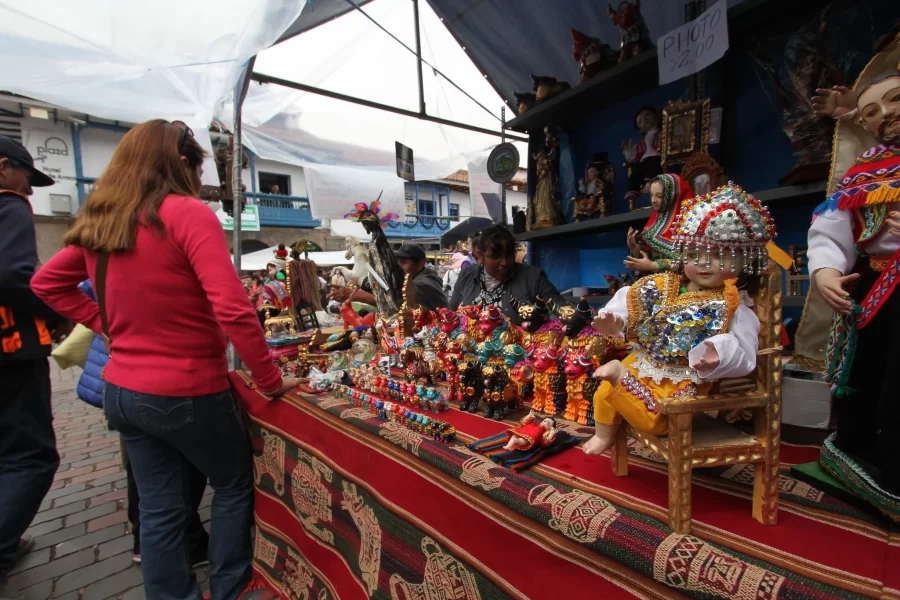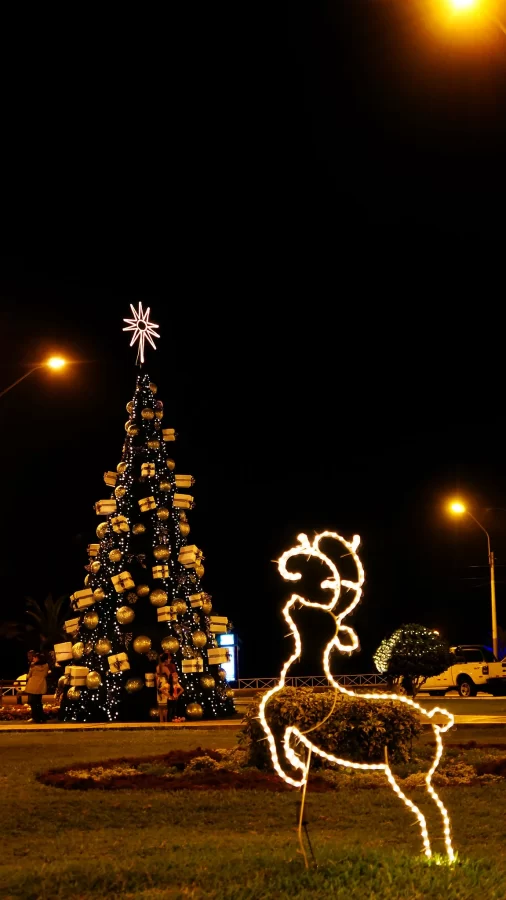
Christmas is one of the moments of the year that in Peru and worldwide unites everyone in a warm and familiar atmosphere, a time full of emotions where the holidays have a nostalgic spirit and at the same time cheerful, a time to give, a time to receive.
And Peru is no exception with multiple ways to celebrate it throughout its territory, Christmas in Peru becomes a special date in which we can enjoy the gastronomy, customs, traditions and more, which make this date much more special.
Table of Contents
Although it is true that the main Peruvian custom at Christmas is to unite the whole family, no matter where they are in Peru.
You will also notice that the way of living Christmas in each part of the country is different, especially in the gastronomy because there are dishes that differentiate each region, and Christmas dinner is one of the elements that stand out every December 25th,
So here are some of the most important Peruvian customs at Christmas in each region of our country.
It is also worth noting that the coastal cities are in dry season with a much warmer summer climate, so if you are looking for a place where you can drink cups of hot chocolate. The Peruvian coast is not recommended, but if, on the contrary, you want to spend a much warmer Christmas with days of sun and beach, this is the best option.
Accompanied by traditional Christmas carols sung in indigenous languages such as Quechua and Aymara. You will find that Christmas celebrations in Andean cities have a stronger religious connotation than in other cities in Peru.
It is also part of the traditions and customs to unite up to 3 generations of family members in one house, where they all wait together at midnight for the birth of the baby Jesus.
Also remember that in this season the highlands have more rain and cold weather, so if you are looking for a more traditional Christmas atmosphere, visit the highlands of Peru.
No doubt whichever region of our country you wish to visit at this time of the year, you will be able to enjoy the varied and endearing Peruvian Christmas customs.
Christmas in the imperial city of Cusco is lived through different traditions, from how the birth of the child Jesus is formed to the way of living the date.
Gastronomically, we have the suckling pig with tamales, guinea pig and Andean baked potatoes as the main dish, accompanied by other desserts such as corn breads, hot drinks such as ponche de Habas, cups of hot chocolate Sol del Cusco, sweet quinoa, among others.
It is important to remember that the Christmas celebration is a tradition that was brought and adapted to our country by the European conquerors, even though certain Andean cultural factors have prevailed throughout time. A clear example is the carols in Quechua sung by the Chayñas in the churches during Christmas in Cusco.

The traditional festival of ''Santurantikuy'' Quechua name that means ''buying and selling of Saints'', a traditional fair that takes place in the main square of Cusco; it is a fair that emerged in colonial times, as part of the process of evangelization.
During this time, the Andean Gods were substituted by Catholic Gods, which is how a fair arose as a result of the syncretism of European and Andean ideology.
In this fair small sculptures of saints made of hand-painted clay representing the birth of Jesus are for sale, the curious thing about this is that the figurines often have Andean clothing and there are also presentations of the Cusquenian child, whose representation in sculpture has natural hair and glass eyes giving it a much more realistic appearance.
Additionally, at the Santurantikuy fair, you can buy native plants that are placed as ornaments in the nativity scenes of Cusco, such as the salvajina, ñucchu flowers, palo santo incense, and multiple handicrafts.
Many of the people who come to the fairs to offer their products make long journeys from the most remote communities, often spending Christmas in the main square, so if you can buy any of these products at the Santurantikuy fair, you would also be contributing directly to these families.

Christmas in the capital city of Lima is celebrated in a peculiar way: the streets are filled with lights, the big shopping malls are full of life, huge Christmas trees are erected in the main squares.
It is worth mentioning that Christmas in Lima and Peru in general is celebrated at midnight on December 24th, when the sky is illuminated with pyrotechnics and fireworks, at which time everyone enjoys Christmas dinner and children can open their presents.
Christmas begins to be celebrated from the 24th of December, with the 25th being a quieter and more restful time.
As we mentioned before, the coast is in a warm summer, so many young people choose to spend Christmas in the resorts and beaches of Lima.
Without a doubt, spending Christmas in Peru will be an experience no matter which city you choose, whether you are in the coast, highlands or jungle, you will find new customs and traditions that will surely make your Christmas a unique experience.
However, remember that during the Christmas season the internal tourism in Peru is busier, so you should book flights and hotels at least 1 month in advance, this way you will avoid setbacks and greater discomfort.